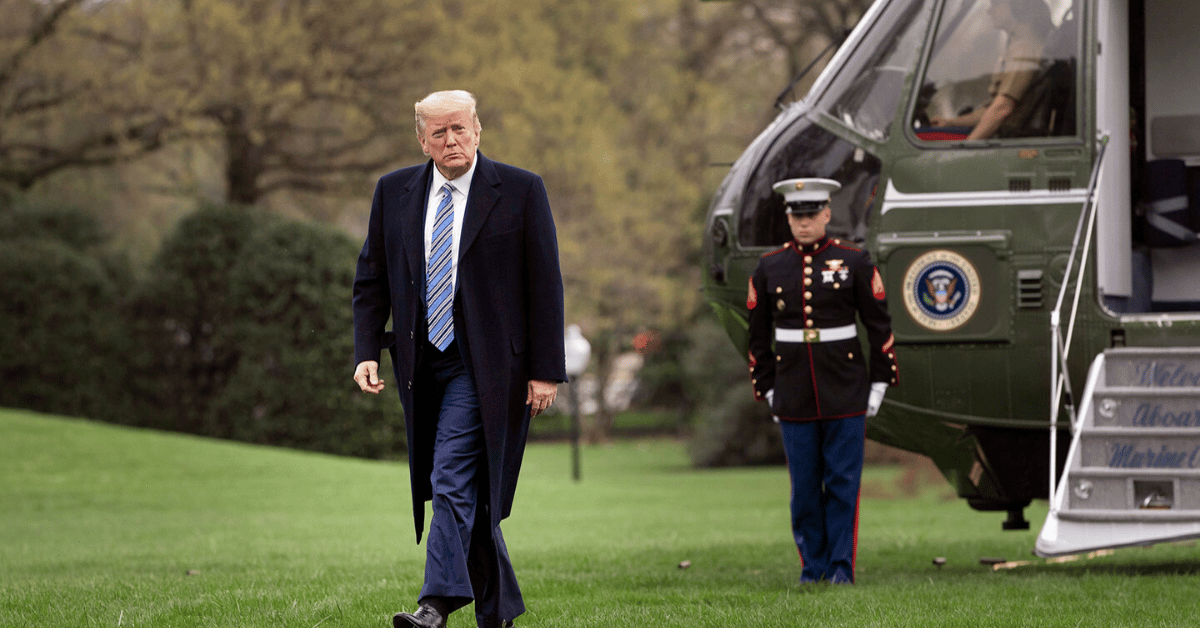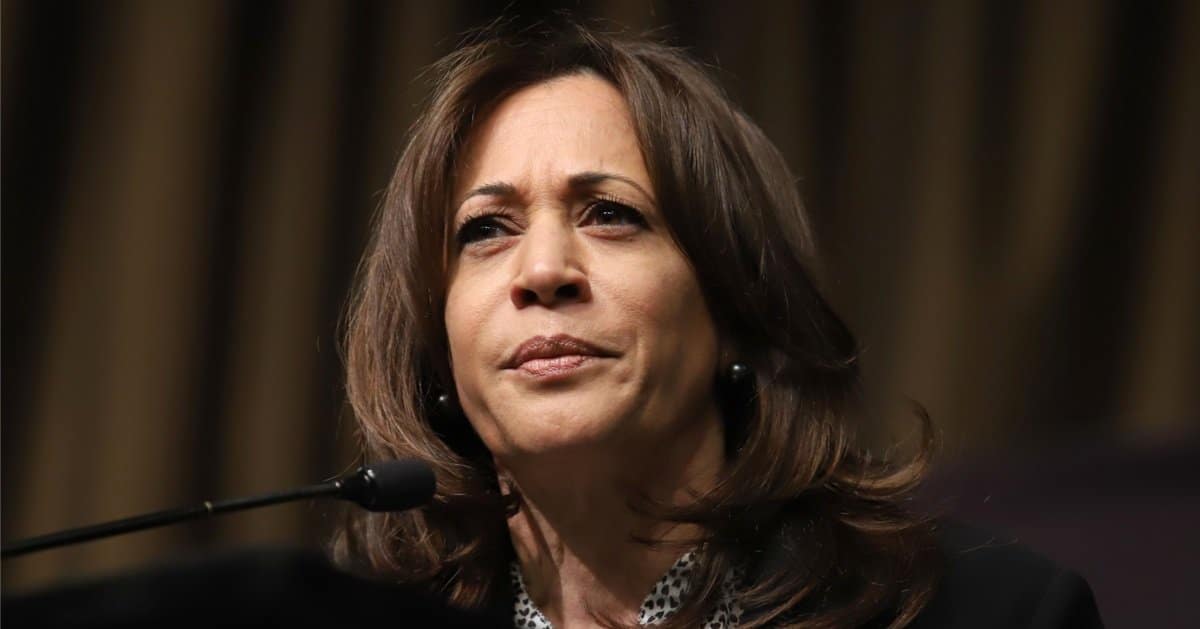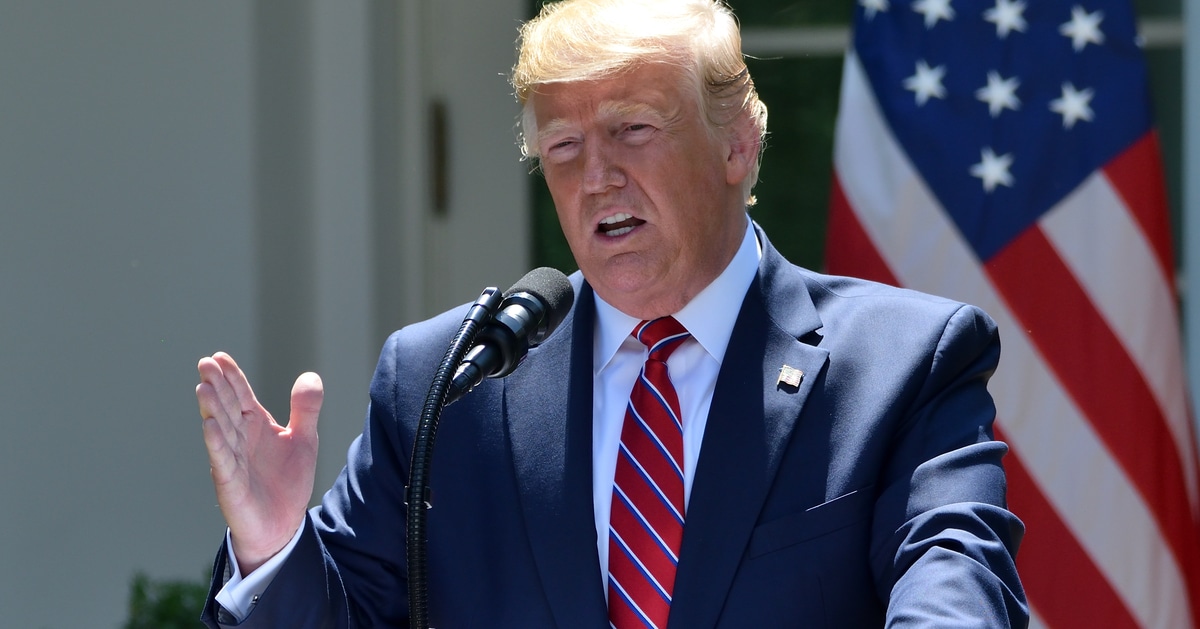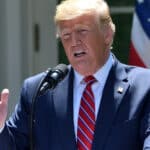




President Donald Trump’s hard hat tour of the Federal Reserve’s lavish $2.5 billion headquarters renovation in Washington, D.C., on July 24, 2025, was a spectacle of fiscal scrutiny and political theater.
Joined by Federal Reserve Chairman Jerome Powell, Trump’s visit spotlighted a project running $700 million over budget, raising eyebrows among conservatives wary of government excess and discussions of firing Powell.
Trump and Powell, donning hard hats, inspected the Marriner S. Eccles Federal Reserve Board Building and the 1951 Constitution Avenue Building, just north of the National Mall.
The New York Post reported that the $2.5 billion renovation, expected to wrap up in 2027, has ballooned far beyond initial estimates. This isn’t just a facelift; it’s a monument to bureaucratic overreach, critics argue.
During the tour, Trump didn’t mince words, hinting at firing a project manager for the budget overrun. “Generally speaking, what would I do? I’d fire them,” he snapped when pressed by The Post. Yet, in a pivot that underscores his deal-making flair, he softened on Powell, sparing his job—provided interest rates drop.
Trump called the project “very luxurious,” slamming pricey blunders like underground parking beneath historic structures.
Such extravagance, he argued, reeks of elitist disconnect in a time when Americans demand fiscal restraint. The contrast between hard-working taxpayers and D.C.’s gilded renovations couldn’t be starker.
The President and Powell clashed publicly over the project’s true cost. Trump pegged it at $3.1 billion, while Powell insisted that figure wrongly included a separate building completed five years earlier. “I’m not aware of that!” Powell retorted, revealing a rift in their narrative.
Senator Tim Scott, chair of the Senate Banking Committee, joined the tour, amplifying conservative concerns. Scott’s July 23 letter to Powell demanded answers for the cost overruns and deviations from approved plans. His presence signaled that Congress isn’t letting this budget bloat slide.
Trump’s history with Powell is a saga of public feuds and pointed jabs. He’s branded Powell a “numbskull” and demanded his resignation for refusing to slash interest rates, accusing him of political bias. Yet, on this tour, Trump played the conciliator, saying, “There was no tension” during their private moments.
Despite the détente, Trump’s message was clear: Powell’s job hinges on monetary policy shifts. “I believe that he’s going to do the right thing,” Trump said, tying Powell’s fate to lower rates. It’s a classic power move, blending magnanimity with an iron fist.
Powell, appointed by Trump in 2017 and renominated by Biden in 2022, faces a term ending in May 2026.
His defense of the renovation has been shaky, especially after contradicting staff claims about beehives and marble upgrades in June 2025 congressional testimony. The Fed’s credibility is on thin ice.
Russell Vought, director of the Office of Management and Budget, fired a shot across Powell’s bow on July 10, accusing him of flouting oversight regulations.
“The President is extremely troubled by your management,” Vought wrote, slamming the “ostentatious overhaul.” It’s a sentiment many conservatives share, seeing the Fed as unaccountable.
Powell pushed back on July 17, claiming the Fed isn’t subject to the National Capital Planning Commission’s rules but cooperates voluntarily. This legal sidestep only fuels skepticism about the Fed’s transparency. Americans deserve better than bureaucratic excuses.
The tour wasn’t all grim; Trump reveled in the construction chaos, saying, “It feels really good,” to be back on a site. He described the work as “tough,” noting the complexity of expanding basements under historic buildings. But complexity doesn’t justify waste, and voters know it.
When Trump pressed Powell on future cost overruns, the chairman was cagey. “We don’t expect them. We’re ready for them,” Powell said, hinting at a reserve fund. Such nonchalance about taxpayer dollars grates on those fed up with D.C.’s spending sprees.
The project’s 2027 completion date feels like a distant promise, with costs still climbing. Trump’s insistence on accountability resonates with a base tired of government projects ballooning unchecked. The Fed’s “luxurious” overhaul is a lightning rod for broader frustrations.
Ultimately, Trump’s tour was less about construction and more about signaling fiscal discipline. His decision to spare Powell—for now—shows strategic restraint, but the pressure on the Fed to deliver results is unrelenting. Conservatives will be watching, and they won’t forget.



